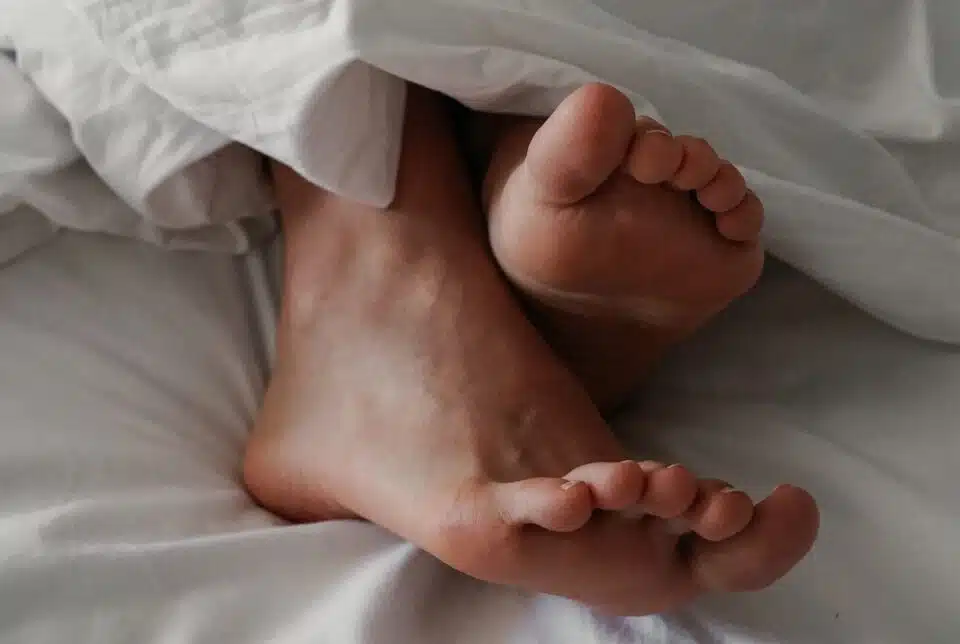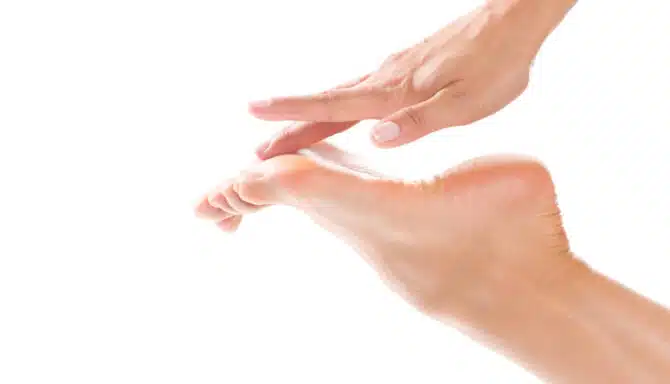The RICE method is widely used for injury recovery and pain management. RICE stands for Rest, Ice, Compression, and Elevation. This method is commonly employed for acute injuries like sprains, strains, or bruises.
Rest, ice, compression, and elevation (RICE) are generally accepted methods for treating inflammation after trauma, such as acute ankle sprain. Inflammation causes pain, edema, hyperalgesia, and erythema, limiting one’s ability to perform the rehabilitation required for proper healing. It’s important to note that the RICE method is most effective for acute injuries and may not be suitable for all types of injuries or chronic conditions. If you have a pre-existing medical condition or are unsure about the severity of your injury, it’s best to consult a healthcare professional for proper diagnosis and treatment.
Here’s a comprehensive guide to using the RICE method, including what each component of the method entails, as well as other injury recovery and pain management considerations:
R = Rest

Immediately after an injury, it’s crucial to rest the affected area to prevent further damage and promote healing. Avoid activities that exacerbate the pain or strain the injured area. Use crutches or assistive devices if necessary.
Rest is not the only consideration regarding activity intensity and injury recovery. A gradual return to activity is also vital. As the pain and swelling subside, gradually reintroduce activity and weight-bearing. Start with low-impact exercises and slowly increase the intensity.
I = Ice
As part of the RICE method, ice refers to applying cold therapy to your affected muscle group. Research shows that cold therapy has beneficial effects, especially when severe injuries and swelling is the limiting factor for recovery after soft-tissue injuries.
We recommend applying cold therapy as follows:
- Apply a cold pack or ice indirectly (ice wrapped in a thin towel, for instance) to the injured area to reduce pain, inflammation, and swelling.
- Hold for 15-20 minutes every 2-3 hours during the first 24-48 hours after the injury.
It’s important to note that cold therapy should only be used in specific scenarios – for example, when trying to reduce pain or intense swelling. Cold therapy reduces blood flow, so it shouldn’t be used for conditions like frostnip or frostbite.
C = Compression
Applying compression to an injury can help limit swelling and stabilize an injured area. The recommended way to apply compression is to use an elastic bandage or tape tight enough to be snug but not too tight to cut off circulation. For instance, taping an ankle sprain can effectively stabilize the lower leg and reduce the chance of rolling it again.
You can also use compression stockings, albeit more for everyday use than injury prevention and treatment. Compression stockings are specialized garments that put therapeutic pressure on your legs to increase circulation and prevent swelling.
E = Elevation
Elevation refers to raising your feet and legs above the level of your heart. The elevation part of the RICE method is most straightforward when lying down by placing your feet against a wall or object. Elevating your legs can reduce pain, throbbing, and swelling as blood flows away from your legs.
Other considerations
The RICE method can be effective in injury treatment, but you can also supplement your routine with a few other tactics. Other injury recovery and pain management tips include:
- Over-the-counter pain medications like acetaminophen or ibuprofen can be used to manage pain and inflammation. Follow the recommended dosage and consult a healthcare professional if needed.
- After the initial rest period, perform gentle range-of-motion exercises to prevent stiffness and improve circulation. Avoid activities that cause pain.
- If the pain and swelling persist or worsen, or there are signs of severe injury (e.g., inability to bear weight, deformity), consult a healthcare professional for further evaluation and guidance.










